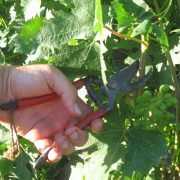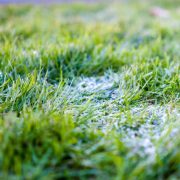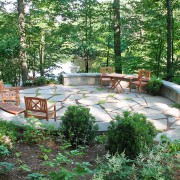Fall Pruning Tips and Information
As temperatures drop and leaves begin to fall, it may be tempting to start pruning trees, shrubs, and other plants. However, it is important to know what plants can be pruned and how to prune them during this season. In fact, there are some plants that if you trim to much in the fall, you could mistakenly remove their flower buds, which means no flowering the following spring! Here are some tips on what is okay to prune and what to avoid this fall.
Plants that Are Safe to Prune
The plants that are fine to prune this fall are the ones that do not make flower buds until they have new growth in the spring. Some of these include crepe myrtles, gardenias, hibiscus, knockout roses and most shrub roses.
This is also a good time to prune trees and shrubs by removing branches that are dead, broken, or branches that are diseased or infested with insects. Any trees or shrubs that are overgrown can also be pruned during the fall by thinning them out.
Plants to Avoid Pruning
Some plants have already formed their spring flowering buds in the fall. These flowers are encased in buds that are often near the tips of the branches. While some thinning out is okay, if you heavily prune these plants in the fall you run the risk of accidentally removing their spring flowers. Some such plants include azaleas, lilacs, viburnum, and flowering cherry, peach, and plum trees.
If you have trees, shrubs, or other plants that you are not sure about when to prune, it is best to seek the advice of a knowledgeable landscaper. At Shorb Landscaping, our team of landscapers and designers can help you maintain and prune your trees, shrubs, and plants this fall season. Call us at 301-897-3503.




